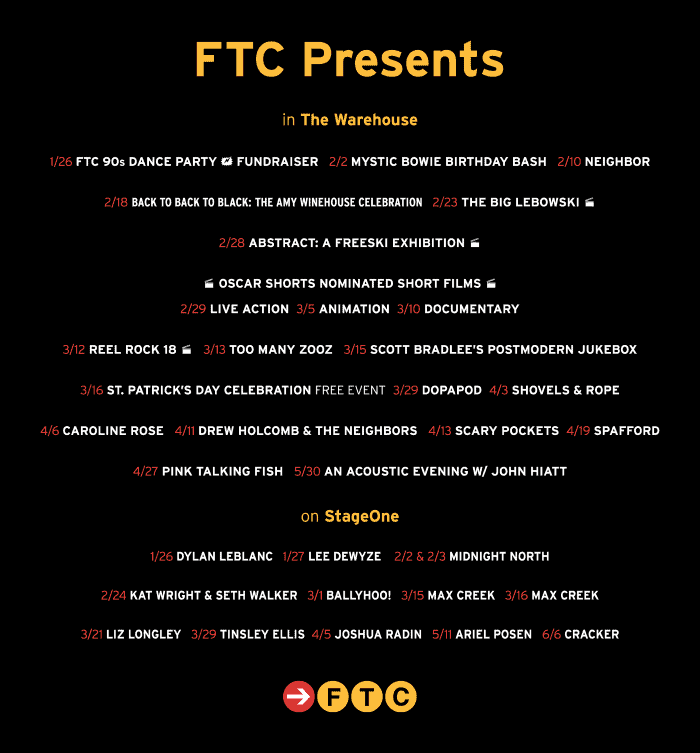During the latter part of the 20th century, newer therapies such as Dialetical Behavioral Therapy, DBT, along with mindfulness meditation, have promoted the use of the breath to manage stress.
Thicht Nhat Hanh, former Pulitzer Prize nominee and meditation teacher, writes, “Regardless of our internal weather—our thoughts, emotions and perceptions— our breath is always with us like a faithful friend. Whenever we feel carried away, sunk in emotion, or caught in thoughts about the past or the future, we can return to our breathing to collect and anchor our mind.”
Last year, a new client and I worked on a behavioral model to control his angry outbursts at staff meetings. I chose to teach him how to pause and breathe slowly during meetings when he felt triggered.
Called to HR twice, my client had been warned to change his attitude. His searing remarks in office meetings, caused by frustration with administration, were seen as criticisms and challenges to his boss’ authority. Frightened of losing his job, he was open to experimenting with new ways of managing his anger when he began therapy.
Together we analyzed each challenging office incident and formulated newer responses that were less combative and more conciliatory. During our sessions he shared his difficulty with decoding people’s body language and social cues, and I in turn assured him that social skills were teachable.
I compared learning new social skills to learning a new golf swing. Needing to improve a golf game, a person typically hires a pro for lessons. Often a teacher suggests a new golf swing to improve a game. At first, there is resistance to the new swing, and a student finds it awkward and uncomfortable. But with practice and determination, the new swing ultimately becomes natural, and the person’s game improves. This explanation left my client hopeful and ready to work on his problem.
At this point, I suggested using his breath before responding in staff meetings. He needed to pause as the urge to respond erupted, and then follow with a deep breath. Pausing and breathing enabled him to determine whether his comments would be seen as helpful or inappropriate. Sometimes one breath is not enough to stave off a reactive response, and so I suggested taking more breaths to slow his reactions.
Our nervous system reacts to danger either by wanting us to fight or flee challenging situations. Research shows that breathing slowly lowers our blood pressure and calms our responses. In my client’s case, he wanted to “fight” both his boss and the administration. Pausing and breathing deeply would help him learn to not react but respond with objectivity.
In the initial stages of working with his breath, my client complained that breathing in meetings with his boss and colleagues felt as if he had placed a muzzle over his mouth. He practiced pausing and breathing, and found it becoming easier to not respond in meetings. During the next few months, he became skilled at not reacting and his boss once more sought out his opinions on department matters. HR dropped their complaints and he felt ready to leave therapy, having learned to master his responses by pausing and breathing.
We can all benefit from working with our breath to ease our stress. Here are five tips to working with your breath:
- When triggered by an event, note your bodily discomfort.
- Pause, take a deep breath and, if necessary, take another.
- Continue to breathe as a means of slowing your reactions.
- Notice that it may take a few minutes to calm your emotions. If you find the event losing its importance, then you have achieved your goal. You are now ready to respond rather than react to the incident.
- And lastly, remind yourself that “conscious” breathing is healthy, and an easy way to de-stress.
Over the years, I have helped a number of clients learn to pause and breathe slowly to control their emotional reactivity. Other clients have found breathing helpful in managing repetitive negative thoughts. One mother reports her daughter now tells friends to take deep breaths when they are upset. Quick and assessable, it is a helpful technique for all of us to develop and use.



